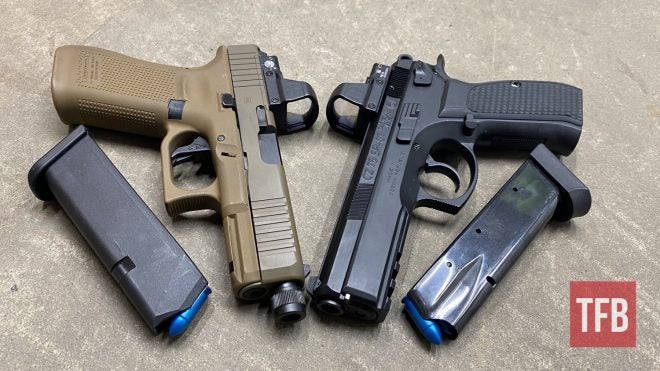One of the most commonly asked questions from people is how do they become a better shooter. Whether that’s starting off as a brand new shooter or working on shooting more accurately faster, there’s always room for improvement. Plenty of people think it’s just a simple matter of picking up the pace and shooting faster, but it’s not as simple as that. Going as fast as possible oftentimes leads to your accuracy falling apart just to be a bit faster. There are a number of ways to improve yourself while maintaining your accuracy so let’s take a closer look at becoming a better shooter.
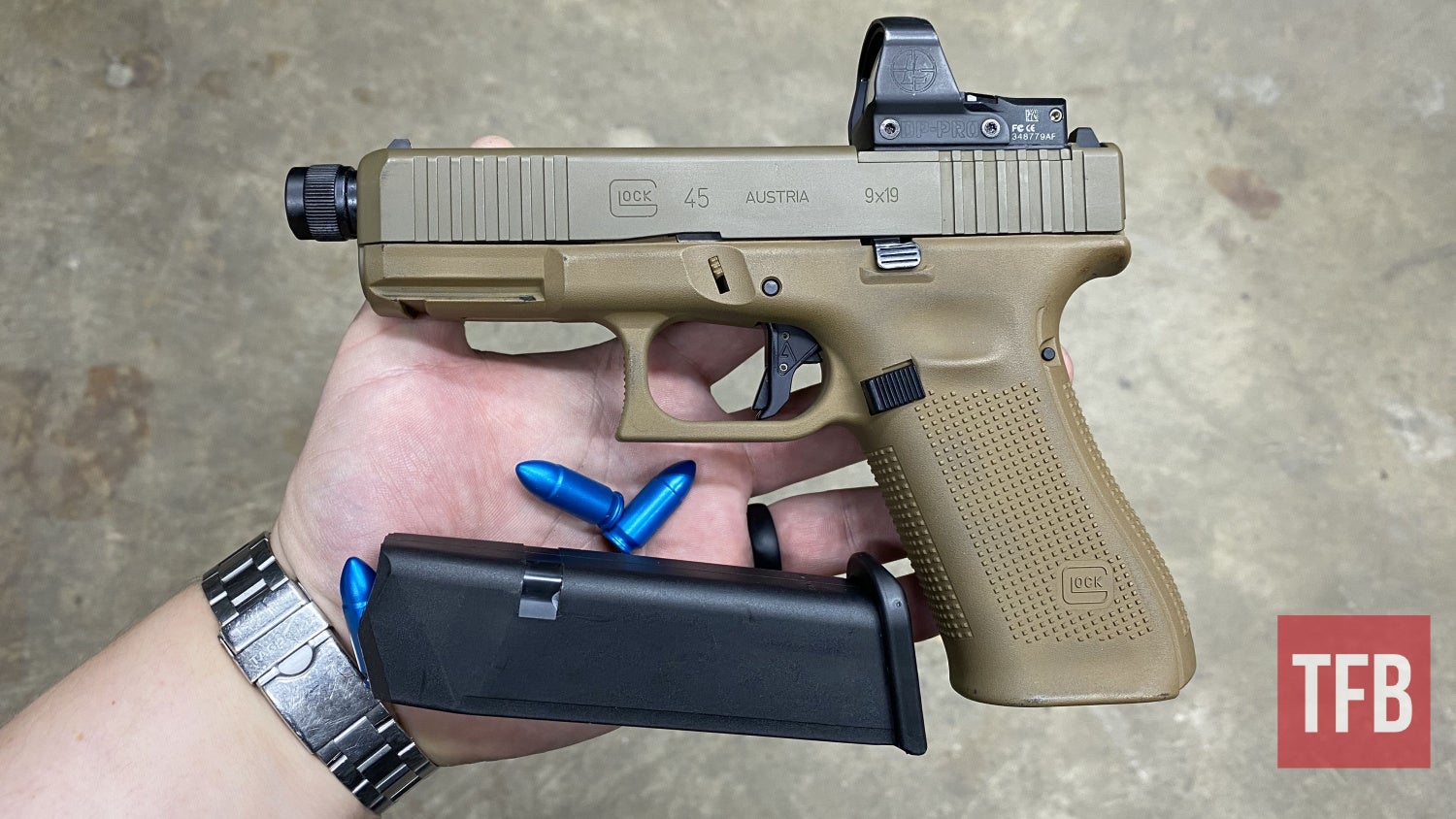
Throttle Control
There are a number of ways to become a better shooter when it comes to carrying concealed. The first stage is knowing when to go full throttle and when it’s time to take a little more time to make your shots count. Certain aspects like drawing from concealment and presenting the handgun should be done at 100% almost every single time. There are certain situations where assessing is best but for the vast majority of cases, it’s all about getting your handgun out and ready to use when it comes to self-defense. The trick is being able to throttle down slightly when it comes to trigger manipulation and making sure everything is good to go before you press that trigger and send your first round. Going balls out full throttle is simple, everyone can do it but you almost instantly fall apart when it comes to accuracy and situational awareness.

Dry Firing
Being able to slow things down and make your shots go exactly where you want them is the tricky part. Going from 100% speed to 75 in order to make your shots count either at the range or in a self-defense situation is the trickiest part that takes the most practice. Practicing your draw stroke and presenting the pistol is the easiest part to practice since it takes no range time or ammo. It can be done in your house with a clear pistol and the best thing you can do is just get reps in practicing.

Developing a slight muscle memory for a quick draw from the holster will help make you faster without adding stress when you’re at the range. If you practice the full-throttle portion away from the actual shooting stage, you won’t fall into the trap of rushing near as much. Isolating certain skills and then practicing them all together will oftentimes be a much better option than trying everything together for the first time.

Practical Accuracy
One way to help find your meeting point between speed and accuracy is to practice various drills that focus on making accurate shots. Giving yourself a smaller target at the range will help you manage your shot placement even if you’re trying to go as fast as your skill level allows you. Now don’t confuse this with only shooting for accuracy. There’s a big difference between practical accuracy and only shooting for accuracy with no other factors.
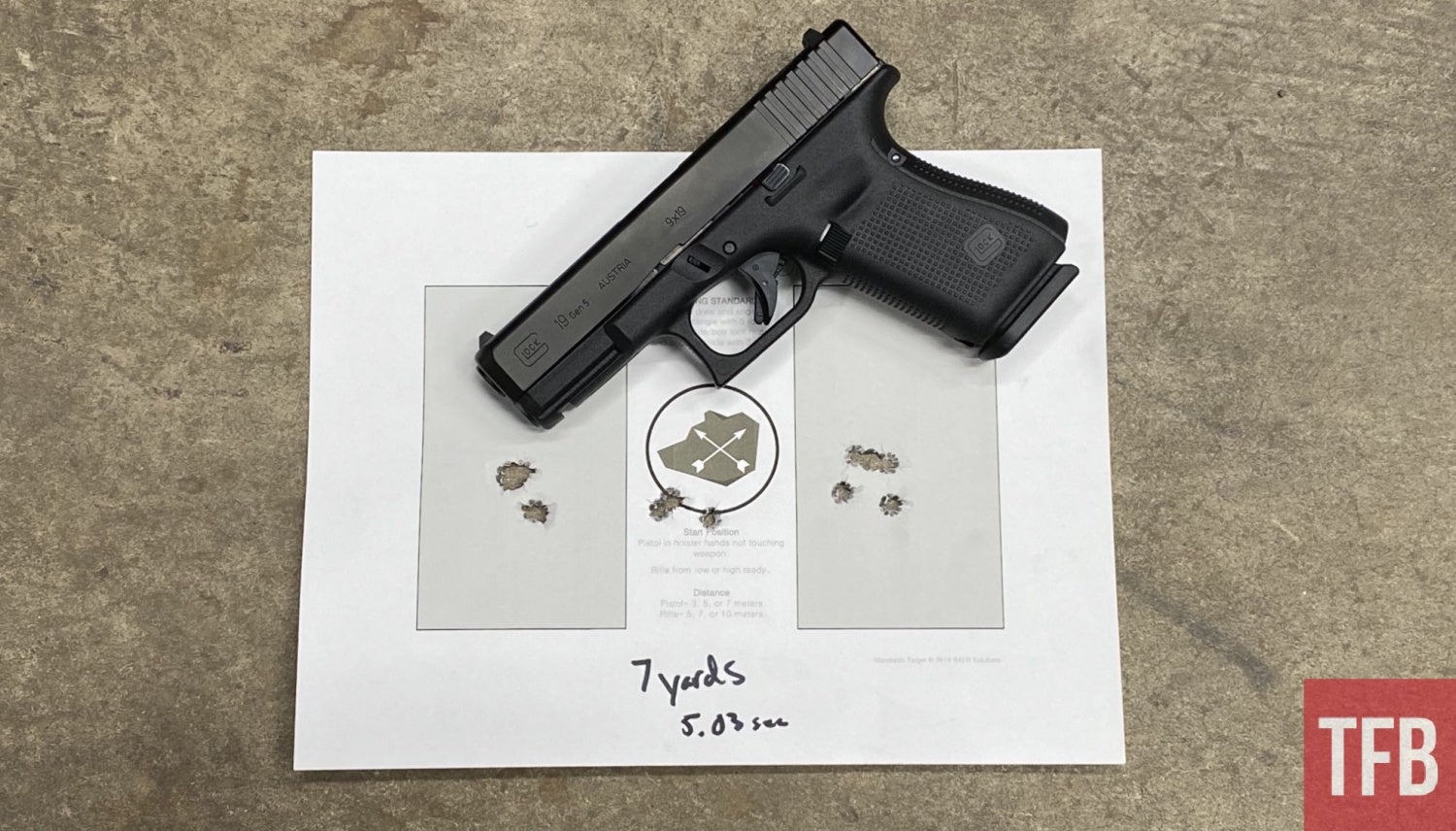
The most important factor to keep in mind when it comes to practical accuracy is the idea we want to be as accurate as we can be while maintaining a fast draw stroke and presentation. There are a number of drills we can use to focus on smaller targets which forces us to hit a target with less margin of error. Including various smaller targets into your range sessions, you’ll see your overall group size shrink over time and ultimately it will make you shoot more accurately.

I really enjoy drills where you can do multiple runs on the same paper. At the top I did a slow controlled shoot, the middle was 80% speed and the bottom section was as fast as I could pull the trigger. When you shoot faster your groups will open up so it’s important to find that perfect speed to make your hits.
Great Drills For Improving Accuracy
Now the first thing I will openly say is how difficult it can be to train yourself to shoot tighter groups quickly. It’s most certainly possible, but it will happen gradually with a good amount of practice and patience. I’ve seen a number of new shooters becoming frustrated because their shot placement doesn’t improve in a single range trip. Making improvements takes time and incorporating this into your range trip every session for a few months and over time your skills will gradually become better with practice. Here are a few drills that I perennially enjoy shooting whenever I hit the range.
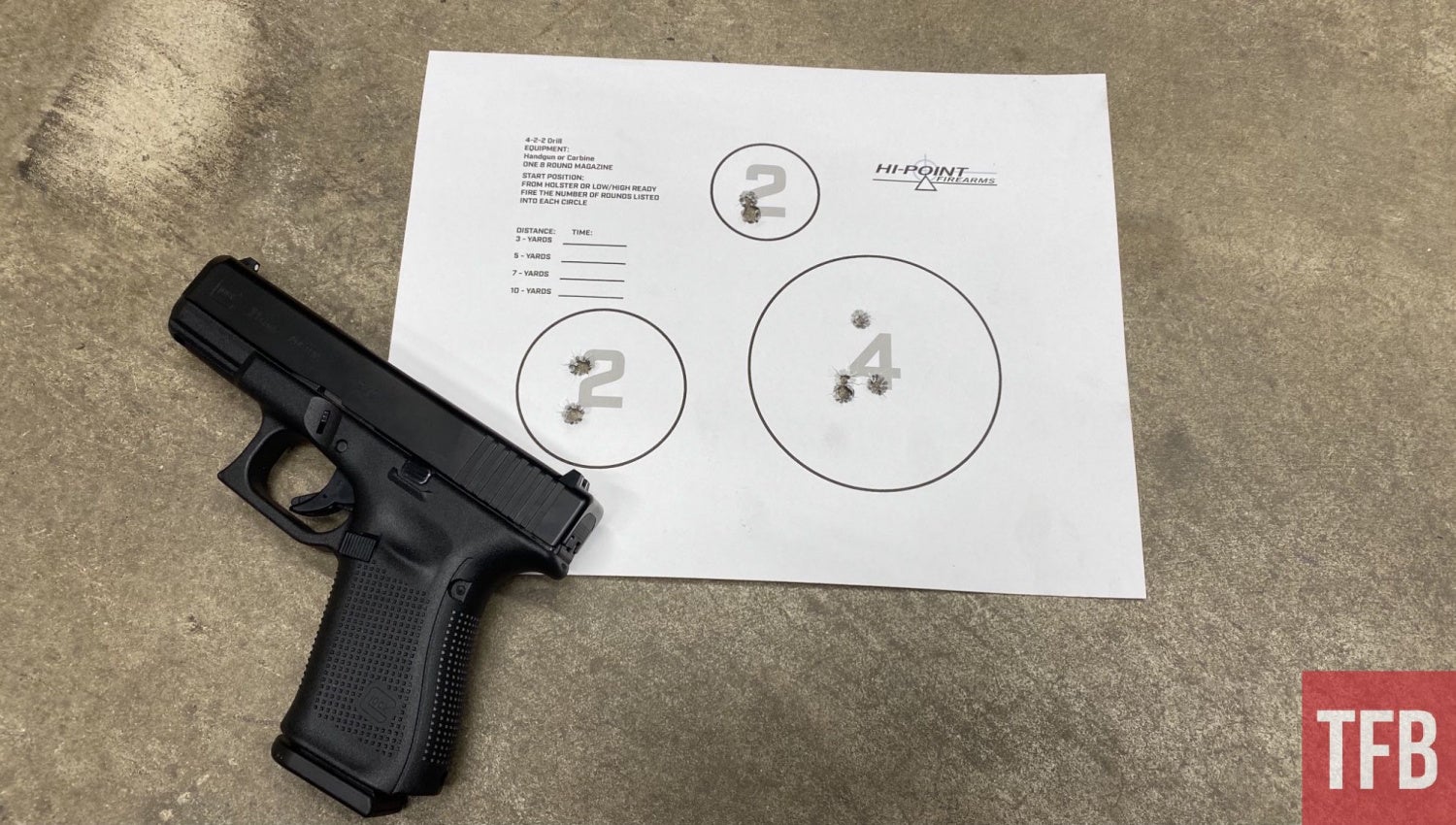
T-Rex Arms cadence Drill
As a warm-up drill, the Cadence Drill is a great option for shooters looking to work on having a balance between accuracy and shooting cadence. Initially, it’s always a good idea to ease into smaller targets. The cadence drill is a great use for drawing from concealment to add artificial stress. This cadence drill gives you plenty of flexibility when you add numbers or colors into the mix making the drill that much more challenging.

Labeling the circles from 1 to 6 and then having someone call out numbers adds another level of difficulty to this simple drill. There are definitely more technical drills out there, but the cadence drill is a great place to start when looking for your failure point when it comes to shooting speed. Once you know exactly where that failure point is you can slow it down a bit and work from there.
Dot Torture Drill
Another great drill for working on practical accuracy is the Dot Torture Drill. This drill has a group of 10 circles lined up on a piece of paper with various directions listed on the paper below. Depending on what you specifically want to do, you can practice your accuracy at distance using the smaller circles as a target or if you have the ammo to spare, running the drill properly gives the shooter a ton of practice drawing from concealment and working various skills with your strong and weak side hands.
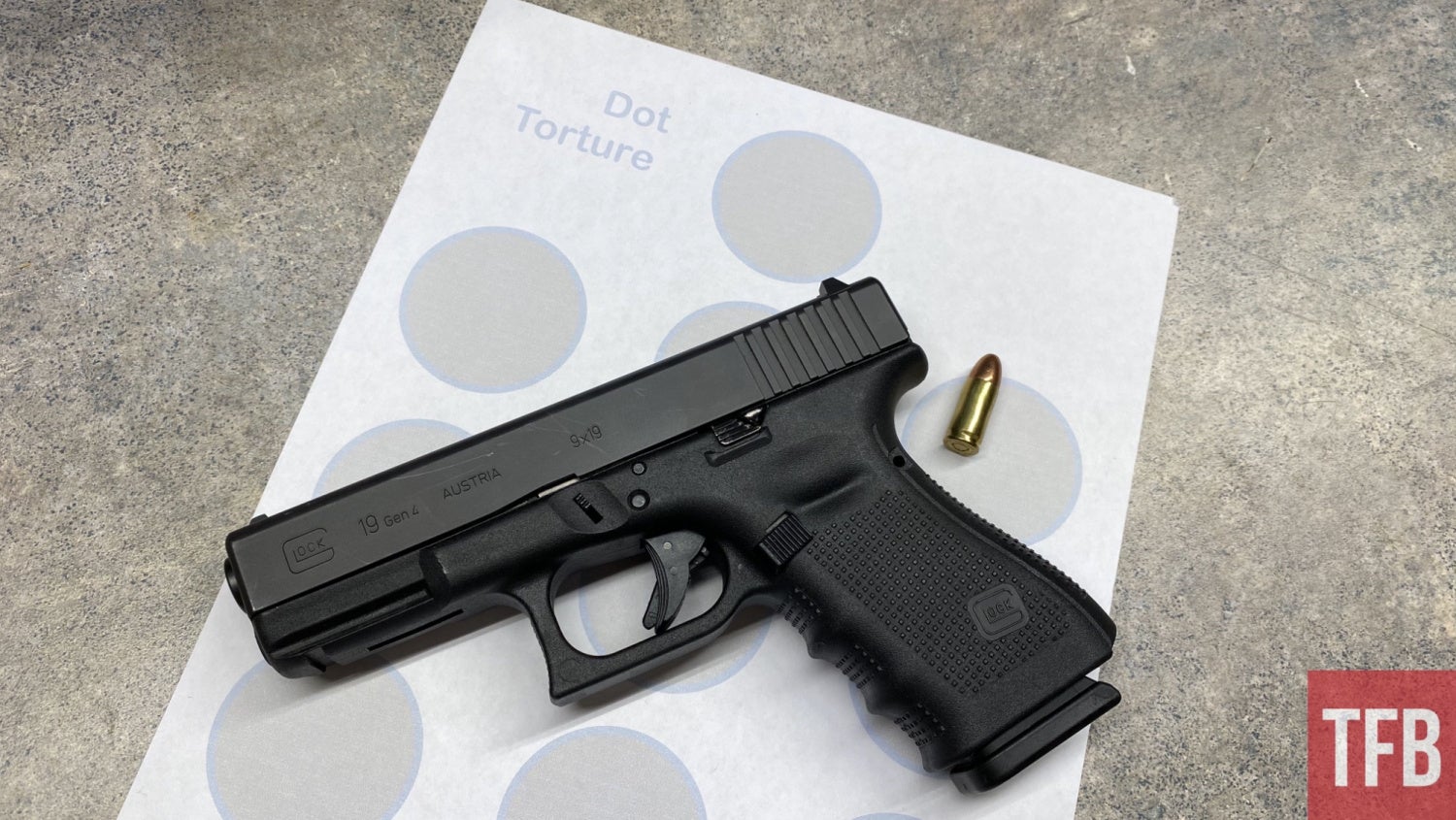
This is one of the only drills that incorporates drawing from concealment, strong and weak side shooting, as well as follow-up shots on a smaller target. The Dot Torture Drill is incredibly simple and since you can print it out on a regular 8.5×11 piece of paper, it makes having multiple copies a cheap way to train compared to purchasing targets at the store.

Flinch Drill
Our final drill for today is another free drill from T Rex Arms. The Flinch Drill is by far the most challenging out of all the targets on this list. Typically this drill is perfect at 3-5 yards just practicing your overall accuracy and being able to place a round exactly where you want it. Personally, the flinch drill is perfect for showing any trigger deficiencies you have and shows clearly every time you may flinch. Having such a small target on paper makes you slow down and make your shots count.
This is a great option to pull out about midway through your range session to work on accuracy and then go back to something like the Dot Torture Drill or Cadence Drill to speed back up then. Being able to isolate and work specific skills without trying to push everything together really does help your shooting ability in the long run. The Flinch Drill is one of those drills that truly push shooters but in long run does a great job giving you feedback to see what you could improve on. By far the toughest drill on here, but one of the most useful as well.
Overall Thoughts
Whether you’re a brand new shooter or have been shooting for decades, there are always going to be things to improve on when it comes to practicing for carrying concealed. It could be anything from your draw stroke or presentation speed to your overall accuracy when firing under pressure. I personally prefer to break down each skill to practice individually. Dry firing can do wonders for draw speed and presenting the gun quickly where working on your practical accuracy will help you shoot tighter groups with enough practice. All of the drills listed above fit onto standard printer paper which makes them a cheap and effective way of training without the need for expensive targets.
What are some of your favorite things to practice or drills you use when it comes to practice for carrying concealed? Let me know down in the comments below since there are a ton of great options for becoming a better shooter. If you have questions about carrying concealed or firearms in general, feel free to shoot me a message on Instagram @fridgeoperator. Stay safe out there!
TFB’s Concealed Carry Corner is brought to you by GLOCK
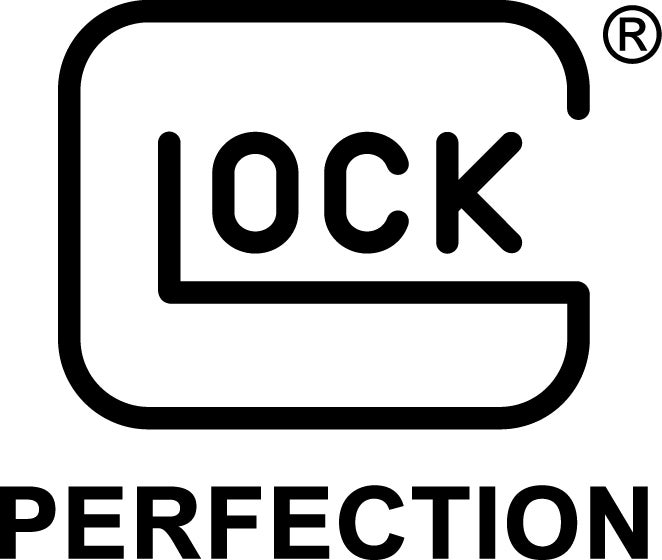
 Your Privacy Choices
Your Privacy Choices
